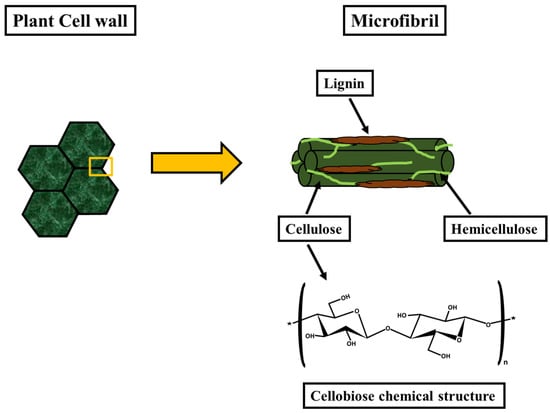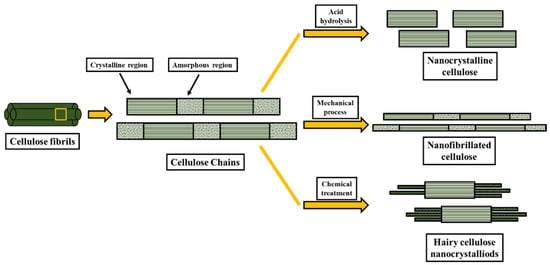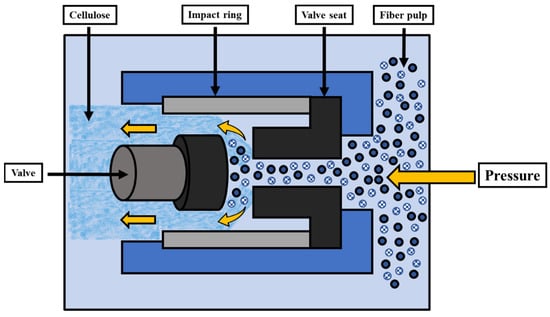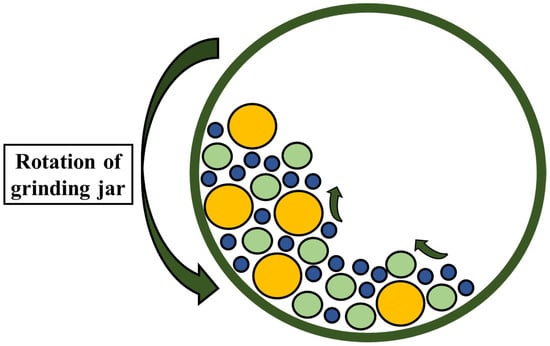Nanocellulose is the most abundant material extracted from plants, animals, and bacteria. Nanocellulose is a cellulosic material with nano-scale dimensions and exists in the form of cellulose nanocrystals (CNC), bacterial nanocellulose (BNC), and nano-fibrillated cellulose (NFC). Owing to its high surface area, non-toxic nature, good mechanical properties, low thermal expansion, and high biodegradability, it is obtaining high attraction in the fields of electronics, paper making, packaging, and filtration, as well as the biomedical industry. To obtain the full potential of nanocellulose, it is chemically modified to alter the surface, resulting in improved properties.
1. Introduction
Polymeric cellulosic materials with high biodegradability and eco-friendliness have received a lot of attention, owing to the damage caused by petroleum base products, such as global warming, green gas emissions, and many others [
1]. Several researchers are working on cellulosic fibers, from which nanocellulose can be extracted. The use of nanocellulose as a reinforcement in composites is because of their mesoscopic properties [
2]. Nanocellulose is derived from plant cell walls and has extremely valuable properties, such as high surface area and strength [
3,
4,
5]. Furthermore, the nanocellulose surface is easy to modify because of the large number of hydroxyl groups present in its structure. Nanocellulose has numerous applications in our daily lives, including filtration membranes, food packaging, biomedical, and so on [
6].
2. Nanocellulose and Its Various Sources
As shown in
Figure 1, the cell walls of most plants contain hemicellulose, cellulose, and lignin. Lignin acts as a binder between cellulose and hemicellulose, holding them together. It has high stiffness and strength and can protect the cell wall from the outside environment. The amount of lignin in the plant cell wall ranges from 10 to 25% by weight, while the amounts of hemicellulose and cellulose are 20–35% and 35–50%, respectively [
1,
10,
11]. The main component of the cell wall is cellulose, composed of repeating units of cellobiose, linked together with β-1,4 linkages, as shown in
Figure 1. Intermolecular or intermolecular hydrogen bonding is used to connect the repeated units. Bonding occurs between the same or different chains via open hydroxyl groups [
12]. Hemicelluloses are primarily xylans and glucomannans, connected by short or branched chains. Hydrogen bonding plays a vital role in providing compactness, strength, and solvent impermeability to the networks in cellulose fibers.
Figure 1. Plant cell wall structure and cellobiose chemical structure.
Strong hydrogen bonding networks and a variety of hydroxyl groups give cellulose fiber exceptional physical and mechanical qualities. The orderly packing of the chain molecules in the crystalline parts promotes high stiffness, whereas the amorphous parts give flexibility to the bulk material [
13]. For general lignocellulosic biomass, the cellulose fibers present in between the crystalline and amorphous regions have a diameter of 3–100 μm and a length of 1–4 mm [
14].
Nanocellulose fibers with a diameter of less than 100 nm and a length in the micrometers range deserve special attention. Nanocellulose fibers are transparent and rich in hydroxyl groups. These groups have a reactive surface that can be modified to obtain the desired properties [
15]. Nanocellulose nanofibers have a low density of 1.6 g/cm
3 and has exceptional strength [
14]. Additionally, they have a tensile strength of nearly 10 GPa and a high strength-to-weight ratio that is eight times greater than stainless steel.
The three primary forms of nanocellulose materials are BNC, NFC, and CNC, as shown in
Table 1. Three cellulosic forms have unique qualities, including biodegradability, tunable surface chemistry, barrier properties, non-toxicity, high mechanical strength, crystallinity, and high aspect ratio. Such a remarkable nature of nanocellulose makes it a new material for food packaging and fillers in composites [
16,
17]. High-strength nanocellulose, sometimes referred to as CNC, is typically recovered by the process of acid hydrolysis from cellulose fibrils [
18]. It is shaped like a short rod or a whisker and has a diameter of 2–20 nm and a length of 100–500 nm. Additionally, it is entirely composed of cellulose, with high crystallinity ranging from 54 to 88%. The long and entangled nanocellulose that may be mechanically removed from cellulose fibrils is another type of nanocellulose and is known as NFC, often referred to as micro-fibrillated cellulose. Its size ranges from 500 to 2000 nm in length and 1–100 nm in diameter [
19,
20]. It is made from 100% cellulose, with crystalline and amorphous region parts. Another different type of nanocellulose is BNC. It is formed by bacteria, primarily
Gluconacetobacter xylinus, over a few days to two weeks, whereas lignocellulosic biomass is the primary constituent for the extraction of CNC and NFC (top-down method). As BNC is extracted from bacteria, other amorphous compounds, such as lignin, hemicellulose, and pectin, are never present in the pure form of BNC [
21,
22]. The chemical makeup of BNC is identical to that of the other two types of nanocellulose.
This entry is adapted from the peer-reviewed paper 10.3390/polym14214468




